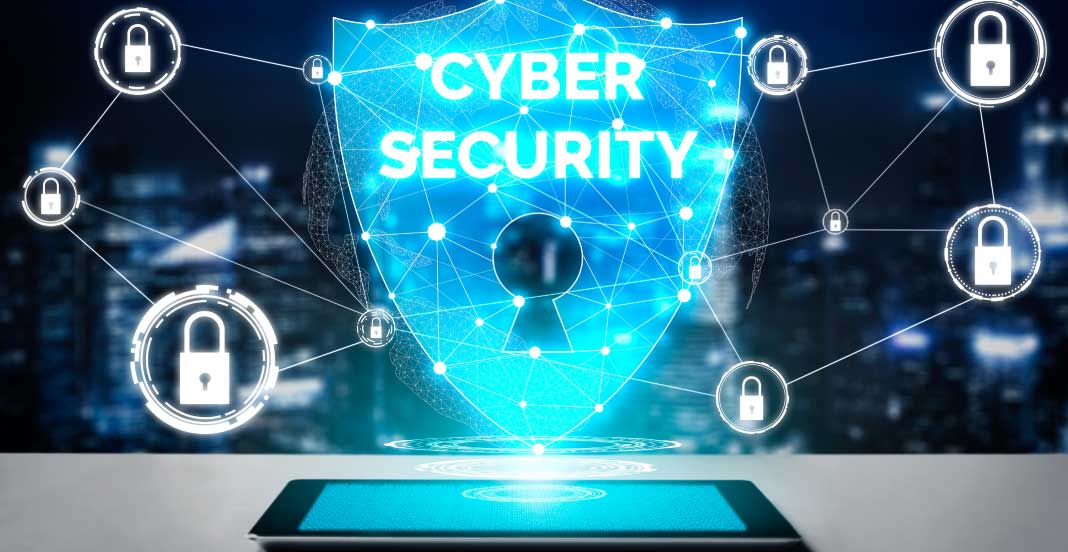When it comes to a robust cybersecurity strategy, Governance, Risk, and Compliance (GRC) play an essential role. GRC provides a thoughtful framework for business decisions and helps businesses stay on top of constantly-changing regulations.
With the rise of cybersecurity threats, having a well-developed GRC program in place is more important than ever. Here are five key elements you’ll want to consider when creating your strategy:
Risk Assessment
Risk assessment is essential to any robust governance, risk and compliance cybersecurity strategy. This will help you determine the risks to your business most relevant to you and how to address them.
Assessing your risks involves identifying all the critical assets affected by attacks or hacks. This includes everything from your technology infrastructure to your data.
In addition, you need to identify the vulnerabilities that could affect those assets. Once you have done this, you can then design and implement a mitigation approach to prevent these threats from occurring in the first place.
It would help if you also considered keeping records of any controls or risk mitigation measures you have implemented. This will help you ensure they are still effective and that any environmental changes have prevented new hazards from appearing.
Defining the Role of the CISO
The role of the CISO is an integral part of a strong GRC cybersecurity strategy. The CISO is responsible for developing security systems, implementing processes, and training staff to safeguard data assets against cyberattacks.
As the threat landscape evolves, CISOs must remain informed of changing threats to offer new guidance to their teams. This requires tenacity, grit, and leadership skills.
Another critical requirement for the CISO is knowledge of current compliance regulations. Failing to comply with industry legislation can harm the company’s reputation and lead to significant financial penalties.
CISOs are also charged with bringing on board various organizational stakeholders, mobilizing the required financial resources, and creating essential partnerships with external vendors and security experts. These are the building blocks of a GRC cybersecurity strategy that supports scalable, efficient, and risk-free business operations.
Implementing a GRC Cybersecurity Platform
Choosing and implementing a GRC cybersecurity platform is essential to a strong GRC cybersecurity strategy. It will enable you to integrate risk, compliance, and audit management processes into one unified solution.
A GRC cybersecurity platform should also be flexible enough to integrate with existing systems in your technology stack. This will save you time and money, allowing you to manage compliance more efficiently.
The right software will also provide you with a centralized source of information and intelligence. This will allow you to assess threats quickly, respond effectively, and recover valuable data.
It should also be easy to manage and intuitive for users. This will help to improve their productivity and decrease their stress levels. It should communicate with existing tools in your tech stack and allow you to upload data without manual intervention.
Developing a GRC Cybersecurity Strategy
Developing a strong GRC cybersecurity strategy is essential for companies of all sizes. It can help them reduce risk, ensure regulatory compliance and implement security controls.
Creating a strategy that fits your business goals requires aligning people, systems, and technologies with them. It also requires a clear understanding of your industry’s regulations and guidelines.
A GRC strategy can support a variety of compliance and risk management processes, such as establishing internal audits and encouraging continuous control monitoring. It can also help the selection and assessment of third-party vendors.
Cybersecurity and data privacy regulations constantly evolve worldwide, and businesses need a comprehensive strategy to stay on top of these rules. A good GRC approach can help ensure proper protection, logging, geographic storage, and reporting are in place to safeguard customer and employee data.
An effective GRC cybersecurity strategy can reduce departmental silos, allowing the CISO and the entire cybersecurity team to receive the information they need when they need it to identify and mitigate cyber threats. By sharing this information faster, a company can get ahead of the curve and respond to threats sooner.
Developing a GRC Cybersecurity Plan
A GRC cybersecurity strategy can help you improve information sharing and communication across your business. By consolidating departmental silos, you can get a clearer view of your organization’s performance and threats, accelerating your response time.
A strong GRC cybersecurity plan helps you align people, systems, and technologies to meet your goals. This includes creating awareness, empowering employees to act with integrity, and standardizing processes to ensure security.
When you develop a strong GRC cybersecurity strategy, it’s essential to keep your plans agile and flexible to the changing threat landscape. This means keeping your program up-to-date with the latest industry laws, regulations, standards, and best practices.
You can use established, widely accepted, authoritative cyber risk management frameworks to guide your GRC cybersecurity strategy. These can help you make informed decisions about data and cyber risks and how to mitigate those risks.
In addition, a strong GRC cybersecurity plan should include a robust risk management program. This will help your organization understand the potential risks, develop a transparent understanding of your company’s data location, and create plans that mitigate those risks now and in the future.

